Peering into the Strange Past Through the Lens of Bizarre Historical Photographs
In the 20th century, photographers captured world changes, from wars to new inventions and odd events. Photos like Boston’s Molasses Flood or alligator picnics in Los Angeles fascinated viewers and historians. Even simple mugshots reveal intriguing stories.
These images, evoking smiles or sadness, piece together our history, showcasing peculiar inventions, outdated customs, and unique moments in all their strange and captivating glory.
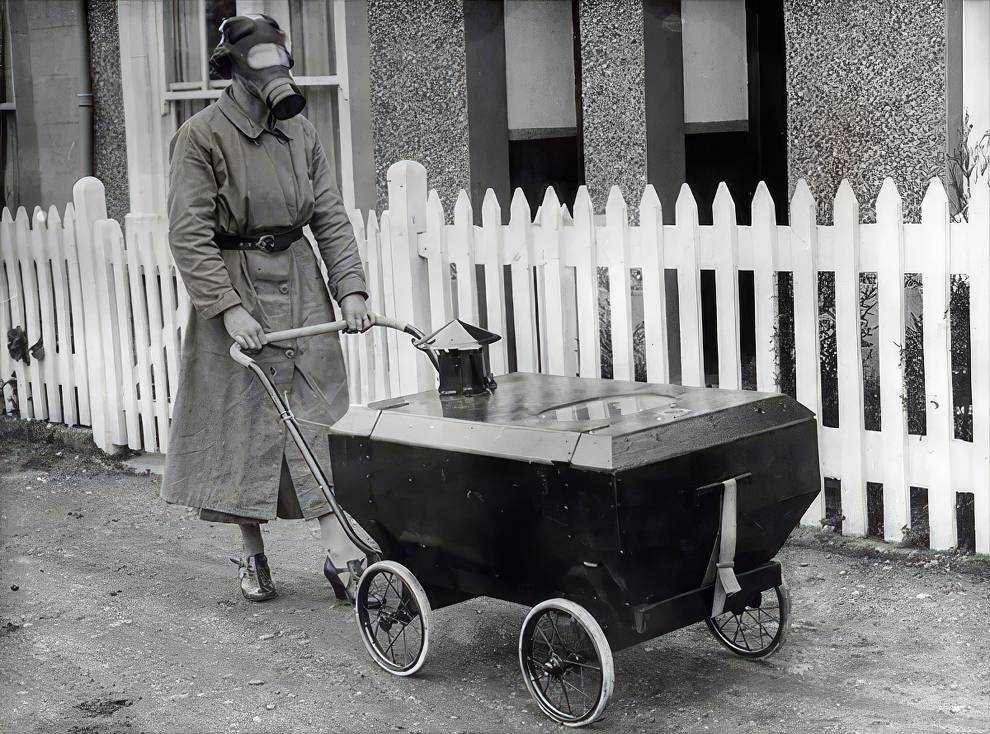
A woman tests a stroller intended to be resistant to gas attacks in Hextable, England in 1938, not long before the outbreak of World War II.
h/t: rarehistoricalphotos

A picnic at Los Angeles’ California Alligator Farm, where patrons were allowed to mingle freely among trained alligators from 1907 to 1953.
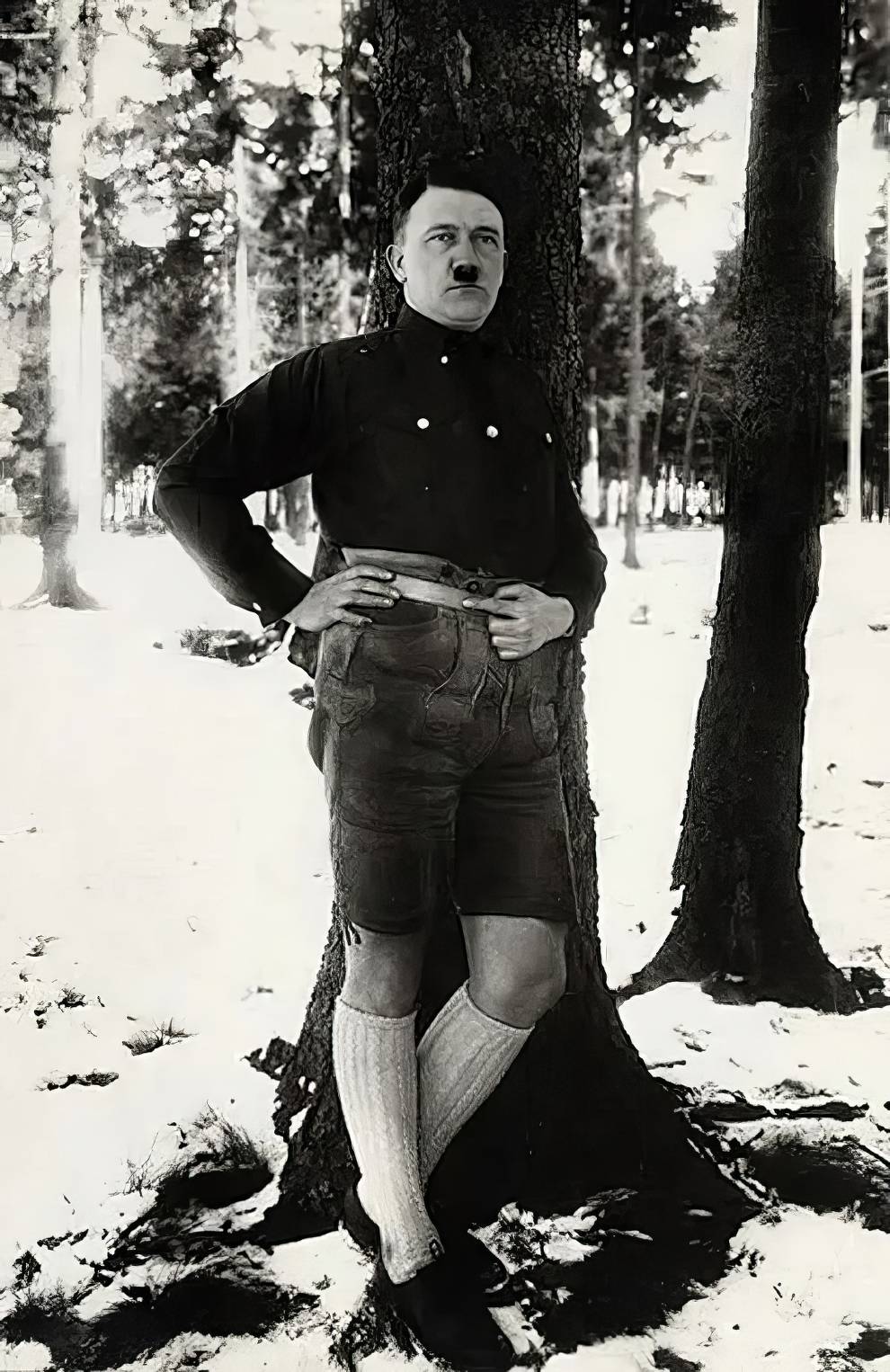
Adolf Hitler poses in lederhosen, circa 1927. Hitler had this photo hidden from the public because, in his opinion, it undermined his dignity.
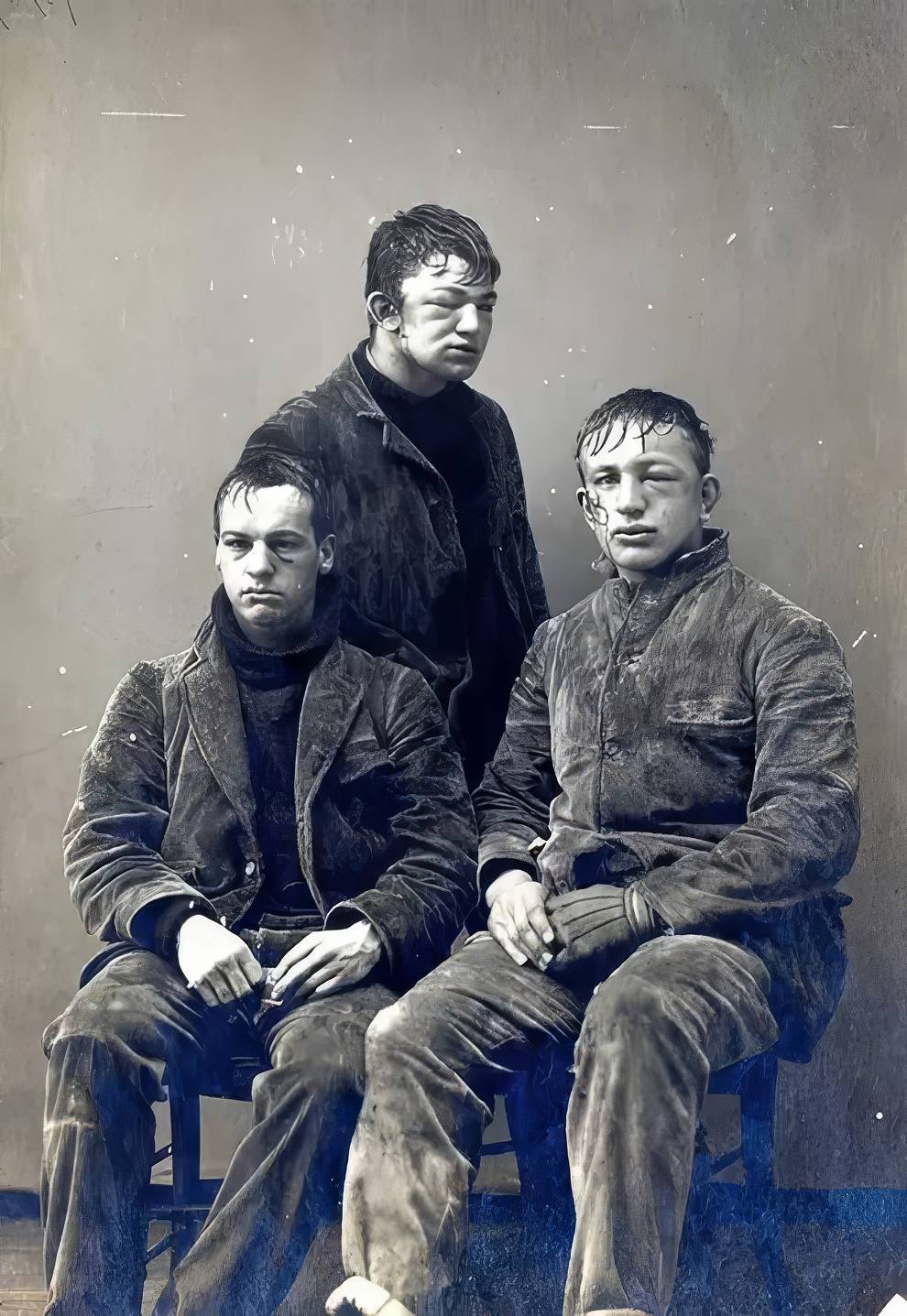
Princeton University students after a snowball fight in 1893.

Members of the Young Pioneers, a Soviet government youth group, don gas masks as part of an attack preparation drill in the Leningrad area in 1937.

Back in the 1930s, when alarm clocks were pricey and not always dependable, folks in Britain sometimes hired a knocker-upper to wake them up in unique ways. Take Mary Smith, for example. She made around six pence a week by shooting dried peas at the windows of sleeping workers in East London using a pea shooter.

Before Tim Allen became famous for his grunting on “Home Improvement,” he was actually a small-time drug dealer who once walked through an airport with a pound of cocaine. To avoid a long prison term, he snitched on his partners and eventually became the comedian we all recognize today.
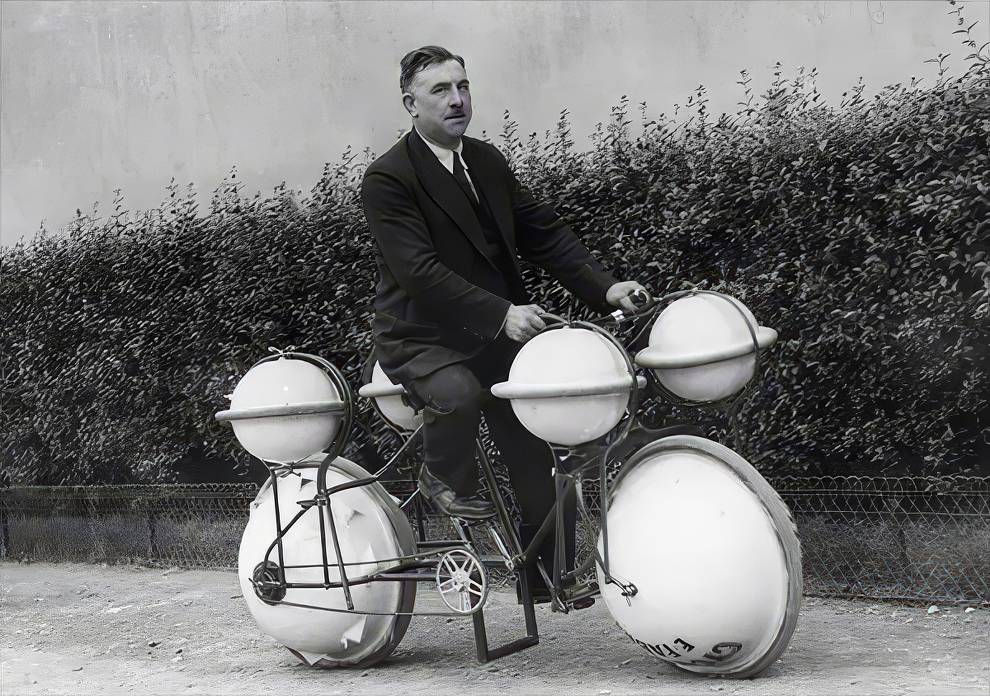
The Cyclomer, an amphibious bicycle that never caught on following its introduction in Paris in 1932.
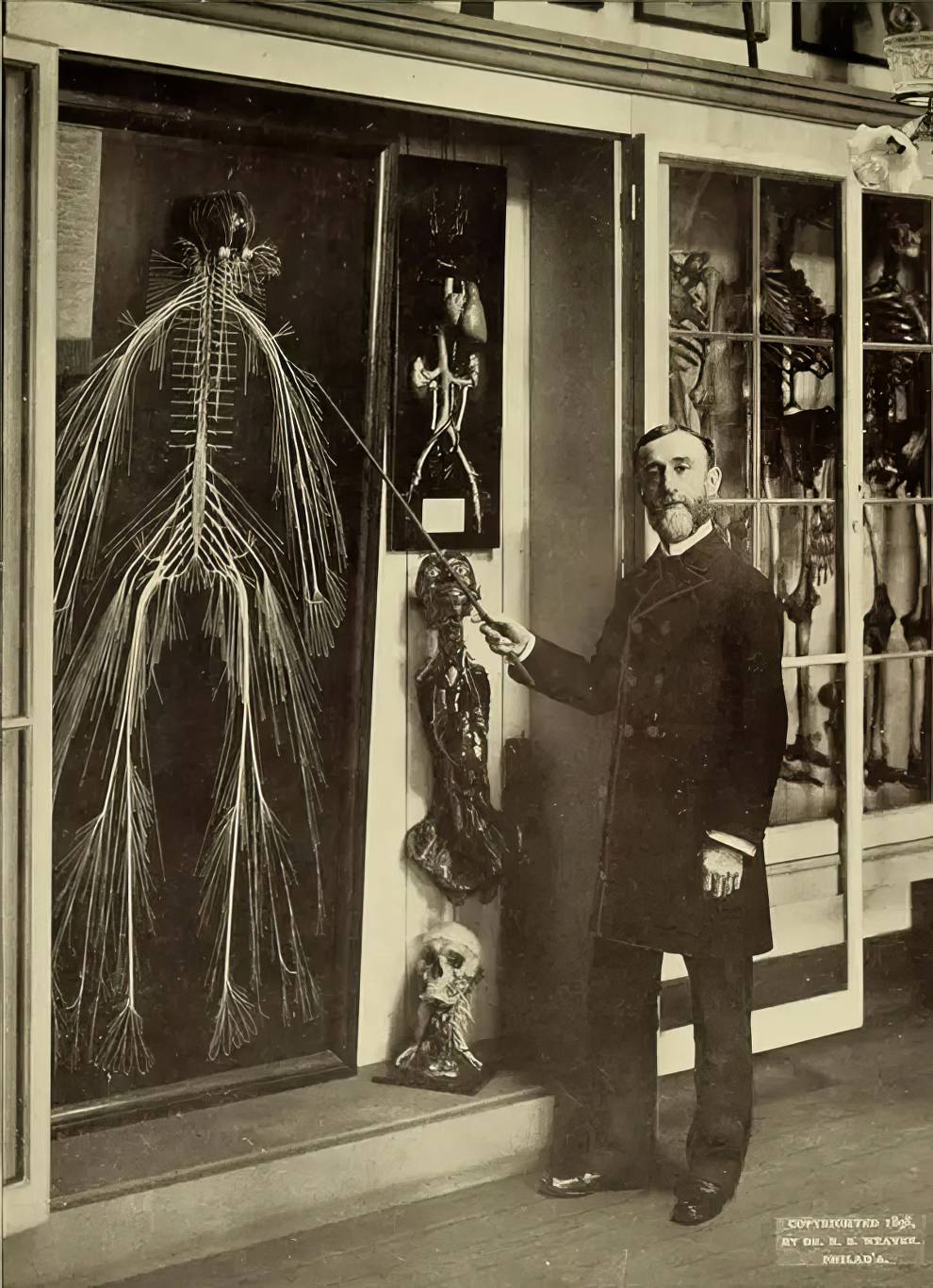
No one knows exactly why Harriet Cole, a hospital cleaning lady, decided to donate her body to science. But her donation of her nervous system has had a lasting impact. After Cole passed away in 1888, Dr. Rufus B. Weaver did something unprecedented: he removed and preserved an entire nervous system. It took six months of meticulous work, but when he finished, it became an important teaching tool and a fascinating sight for aspiring doctors. Since then, this achievement has only been successfully repeated three times.
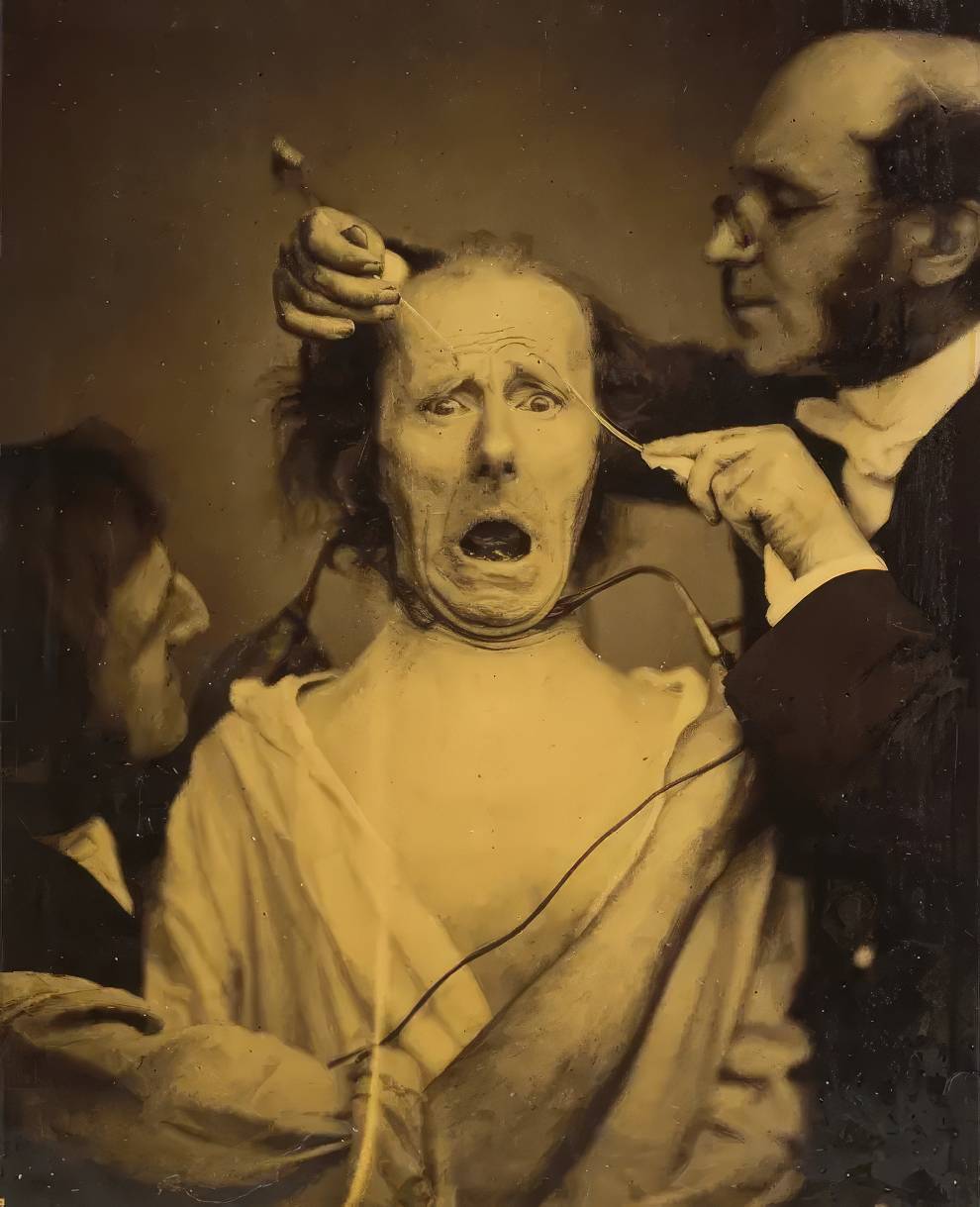
French neurologist Guillaume-Benjamin-Amand Duchenne carries out an experiment in electrophysiology by triggering a subject’s muscles with electrical probes in order to produce a given facial expression. 1850s.
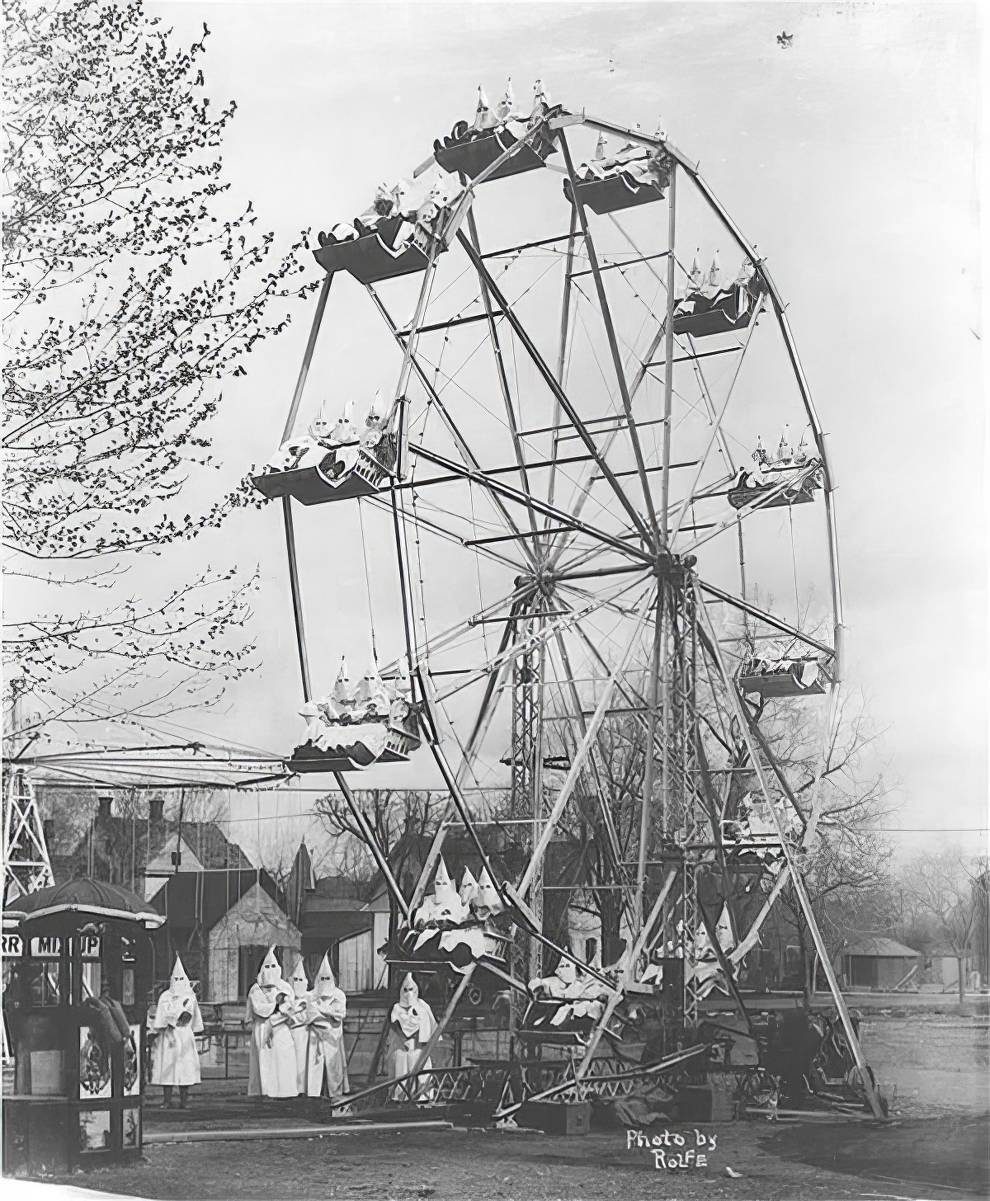
In April 1926, many Ku Klux Klan members in Cañon City, Colorado strolled down Main Street and had a good time at a traveling carnival’s Ferris wheel. They even posed for a photo, as requested by the carnival owner, and the story made it to the front page of the local newspaper the following day.

Las Vegas in 1955, before glitz and glam became a common sign.

A 106-year-old woman sits in front of her home guarding it with a rifle, in Degh village, near the city of Goris in southern Armenia in 1990. (Photo by Armineh Johannes).
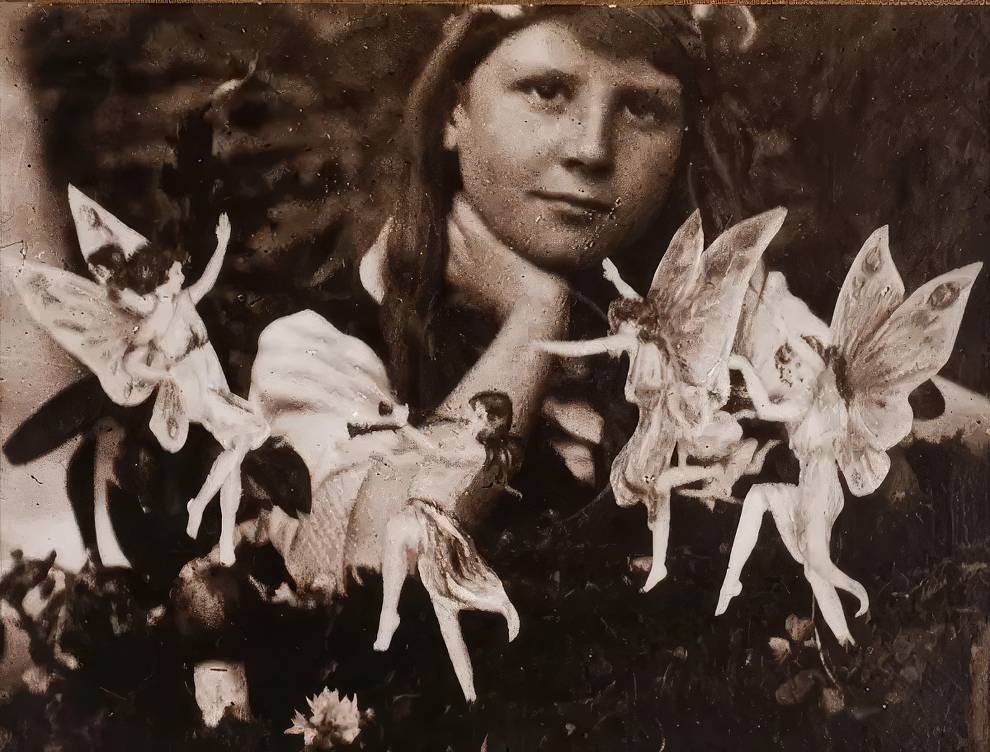
In 1917, 16-year-old Elsie Wright and her nine-year-old cousin Frances Griffiths took photos with the “Cottingley Fairies” in the village of Cottingley, near Bingley in West Yorkshire. One of the greatest hoaxes of the 20th century, they only admitted the photos were faked in 1983.
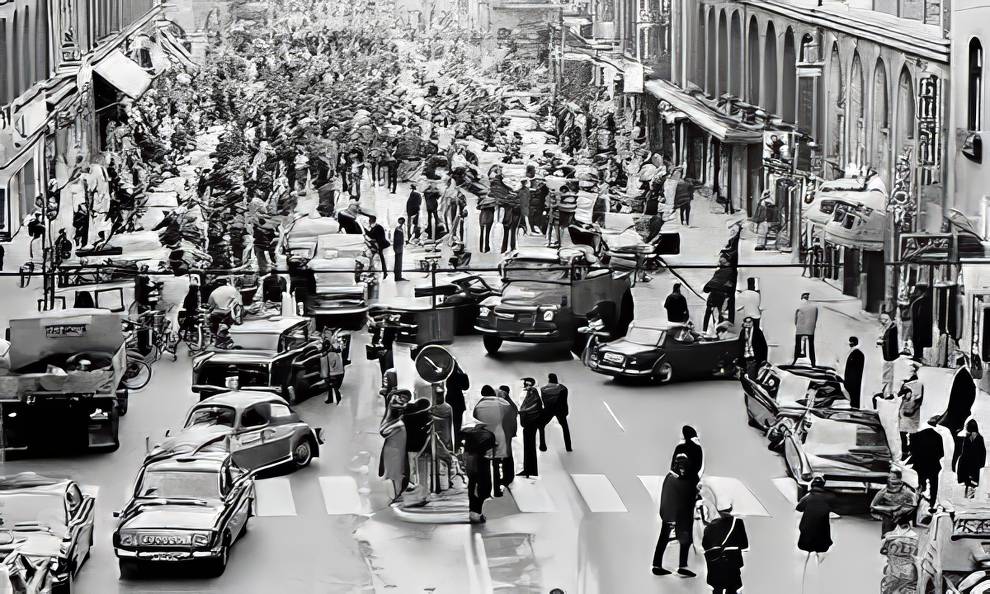
Vehicles and pedestrians stand in chaos in Stockholm, Sweden on September 3, 1967, the day that the country switched from driving on the left side of the road to the right.
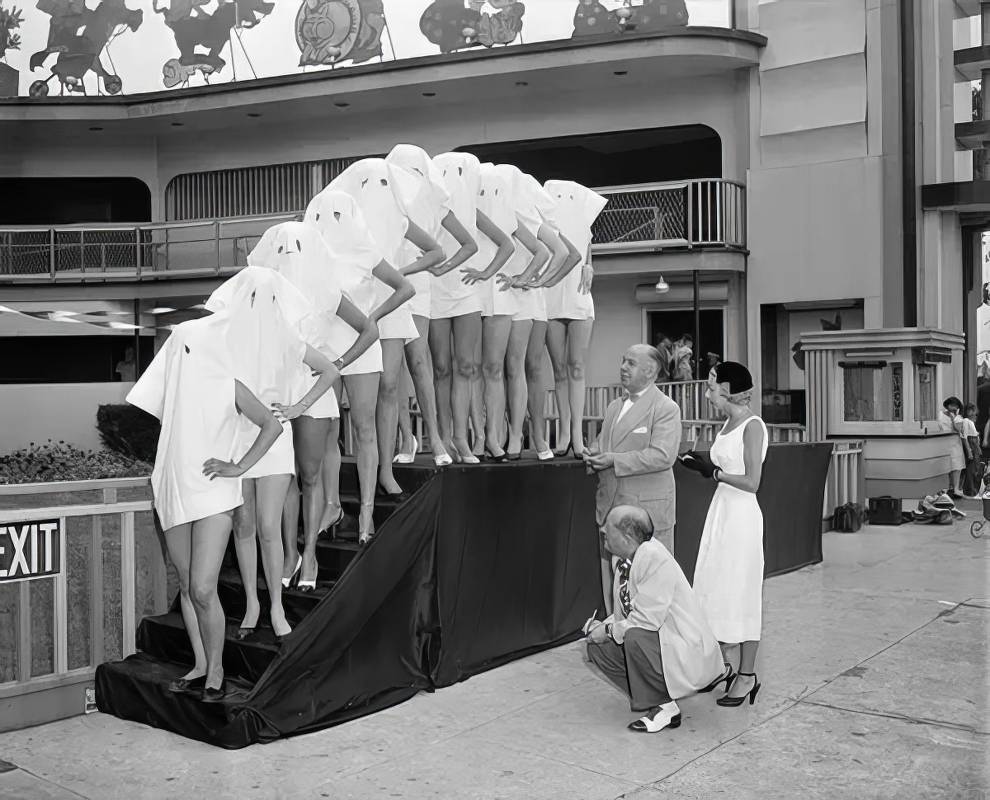
Participants in the Beautiful Leg Contest wear pillowcases over their heads so that the judges can see only their legs. Palisades Amusement Park, New Jersey. 1951.

President Lyndon B. Johnson drives his Amphicar on April 10, 1965. This amphibious land-to-water vehicle of West German origin was produced for several years during the 1960s.

Surrealist artist Salvador Dali poses for the photograph known as Dali Atomicus, a collaboration between himself and American photographer Philippe Halsman that was published in 1948.

In 1910, the steamship Princess May ran aground in Alaska due to thick fog. Despite carrying nearly 150 people, everyone on board was unharmed.
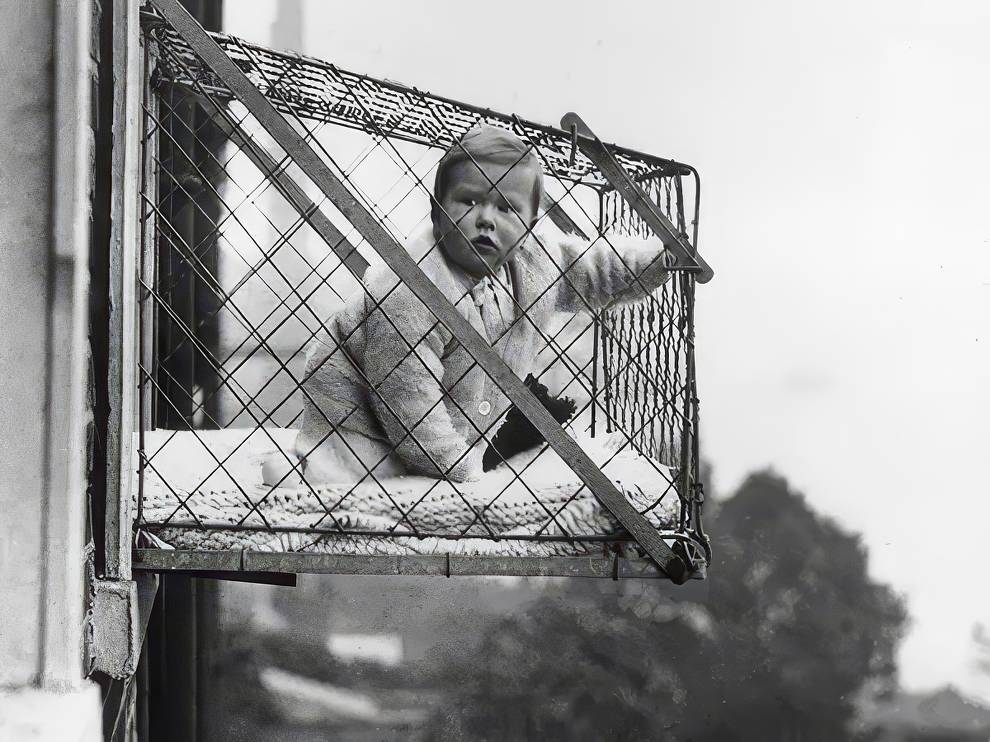
For a brief period in the 1930s, mothers in London kept their babies in cages suspended outside their windows to give them fresh air. Miraculously, no injuries or deaths were ever reported.
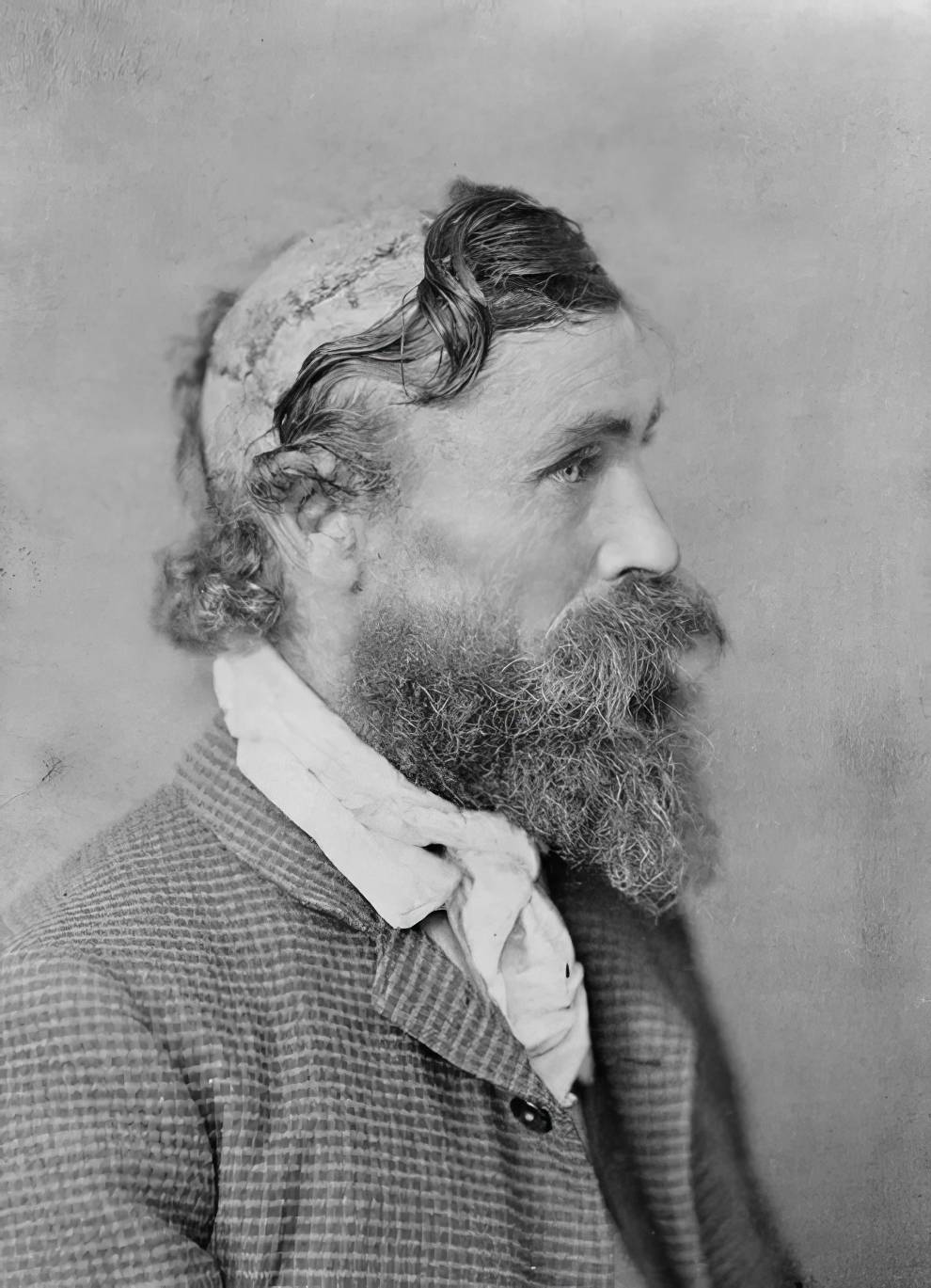
Robert McGee was left permanently scarred after surviving a scalping at the hands of the Sioux tribe in 1864, when he was just a 13-year-old orphan.

Back on July 4, 1905, folks gathered to watch a horse diving act, possibly in Pueblo, Colorado. Horse diving was a big hit in the 19th century, featuring horses (sometimes with a rider) leaping from towers into water pools from as high as 60 feet.

Women wear plastic headgear intended to protect themselves from snowstorms in Montreal, 1939.
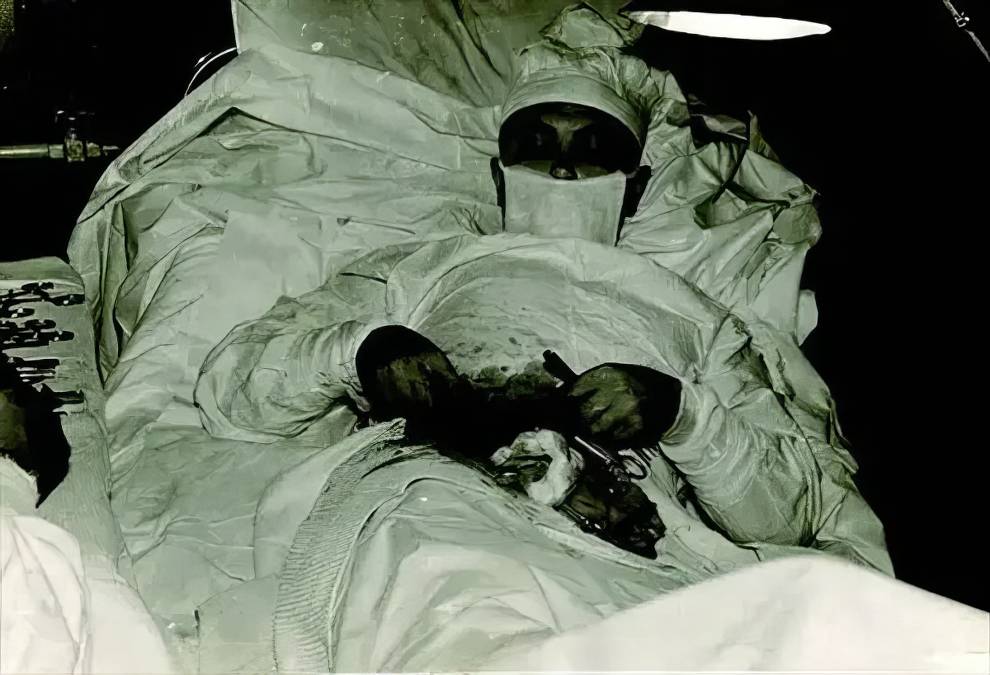
Back in 1961, Soviet doctor Leonid Rogozov was in Antarctica at a Russian base when he realized he had acute appendicitis. The twist? He was the only doc there. With no way to bail due to crazy snowstorms, he had to perform an appendectomy on himself. And guess what? He made it through and was back on duty in just two days.
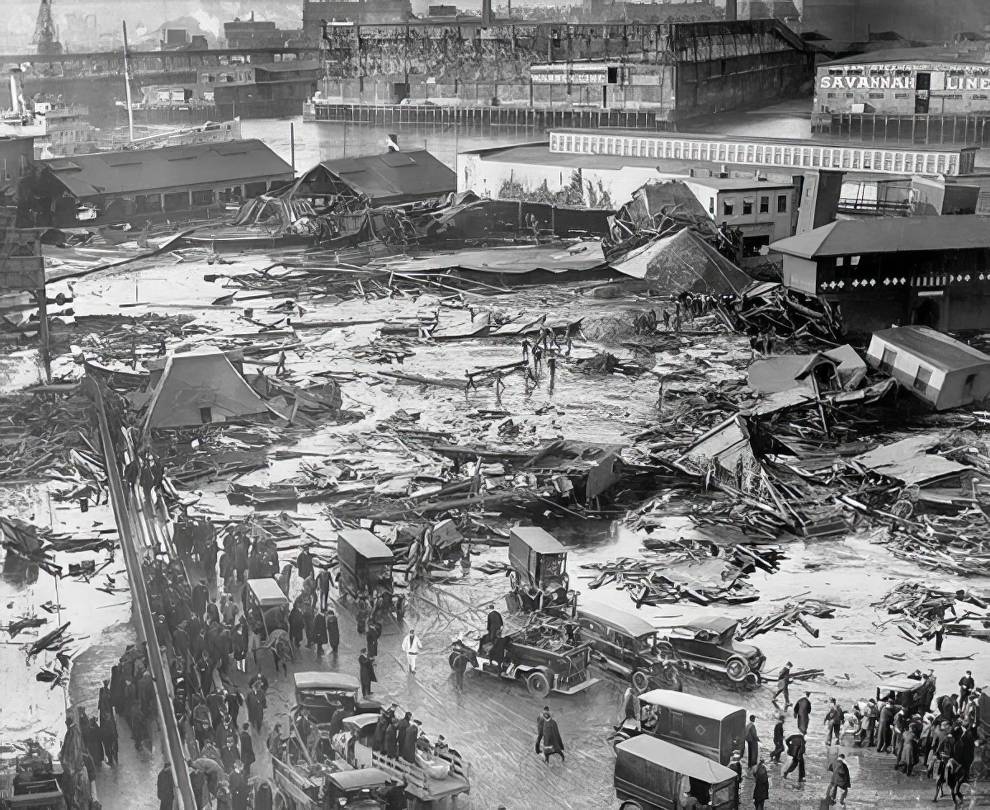
Much of Boston’s North End lies in ruin following the Great Molasses Flood of January 15, 1919. A molasses storage tank broke apart, releasing as much as 2.3 million gallons into the streets at 35 miles per hour, ultimately killing 21 and injuring 150.

Olive Oatman was born a Mormon, but after her family was slaughtered by Native Americans, she became Oach, a Mojave tribeswoman in the mid-19th century. Although she later reentered Western society, she spent much of her adolescent life in the Native American tribe.
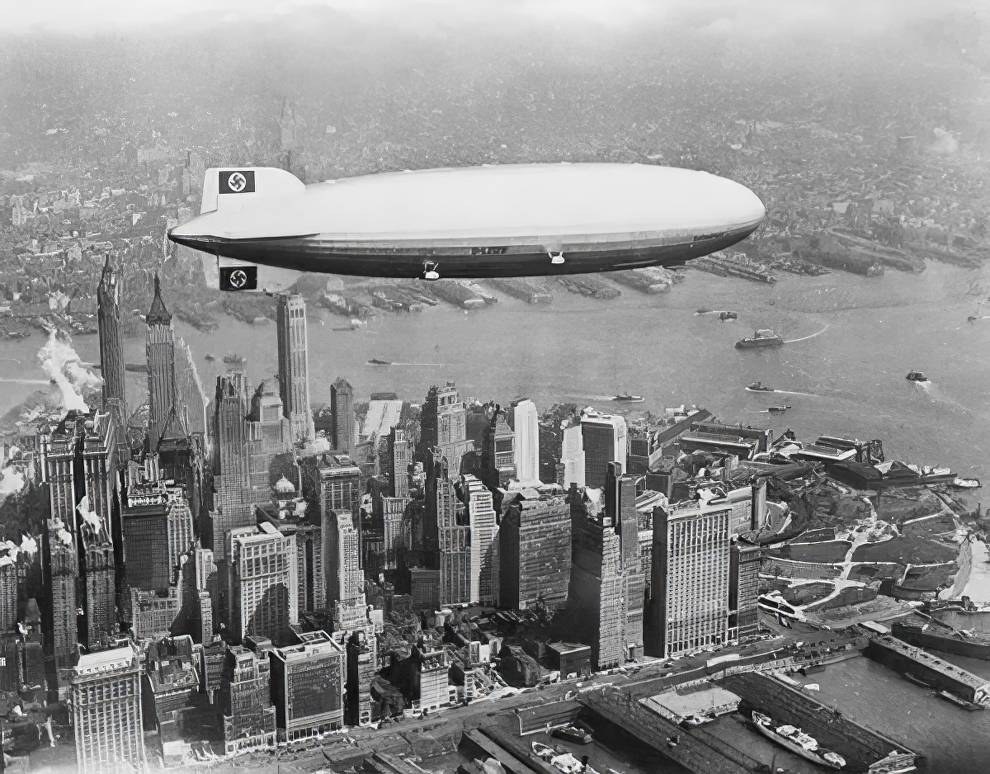
The German airship Hindenburg, swastikas and all, flies over New York City on the afternoon of May 6, 1937, a few hours before its historic, fiery crash in Manchester Township, New Jersey.
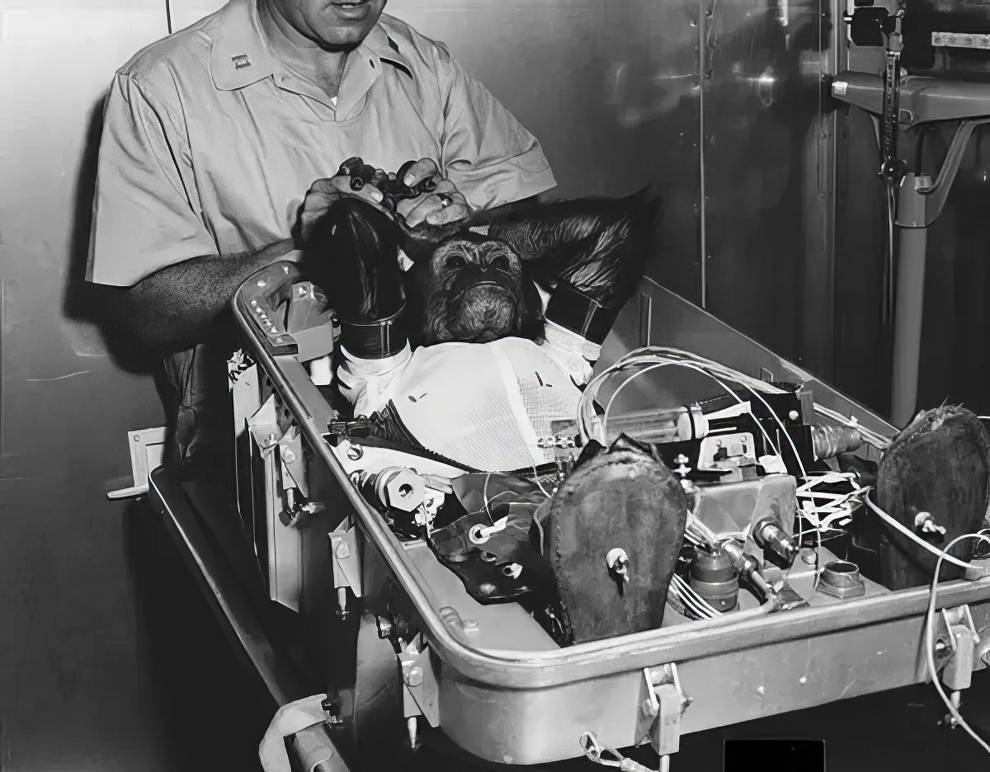
Enos the chimpanzee lies in his fight couch before being inserted into NASA’s Mercury-Atlas 5 space capsule, in which he would become the first primate to orbit the Earth on November 29, 1961.
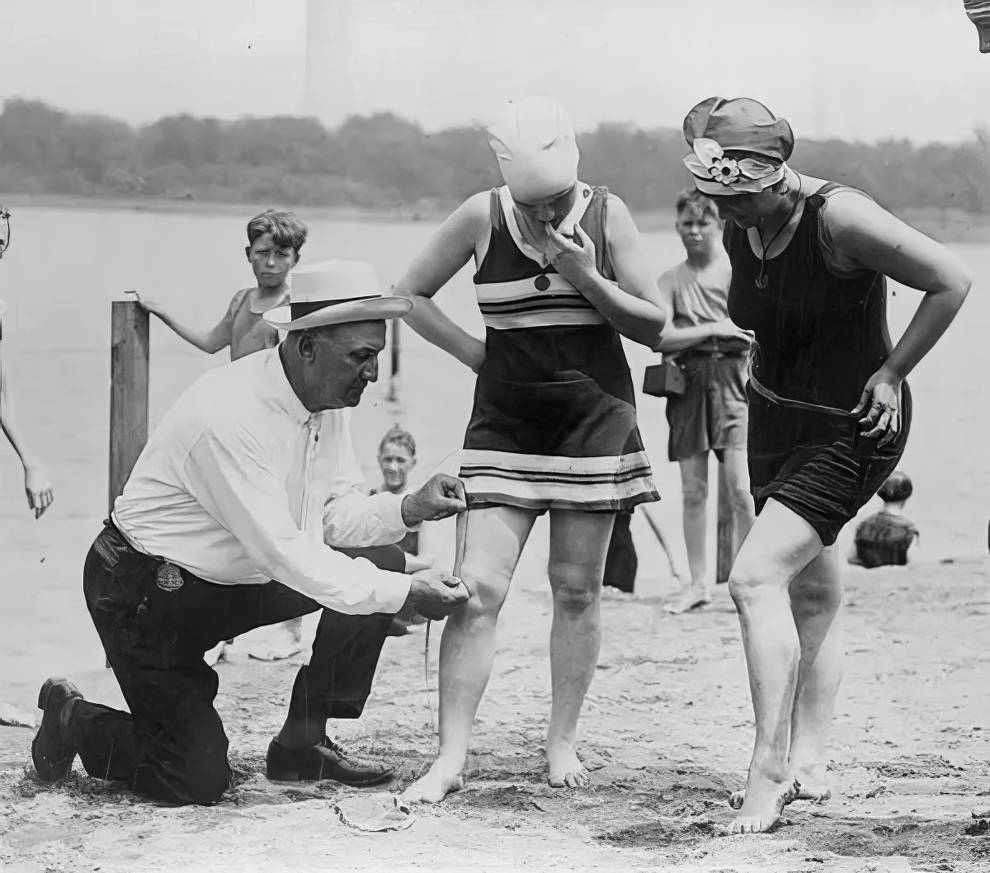
Beach policeman Bill Norton measures the distance between a woman’s knee and the bottom of her swimsuit to be sure that it’s not too large — in keeping with rules of the time — in Washington, D.C., 1922.
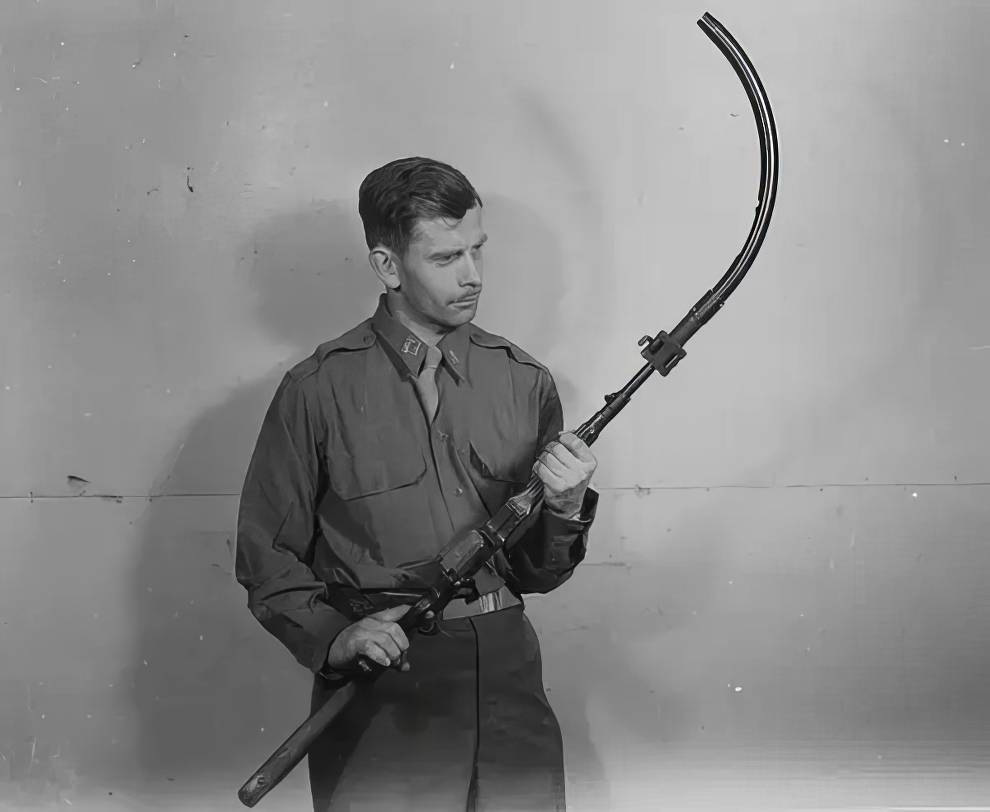
A man holds a Krummlauf, an experimental curved rifle barrel attachment developed by the Germans during World War II in order to shoot around walls and over barriers.
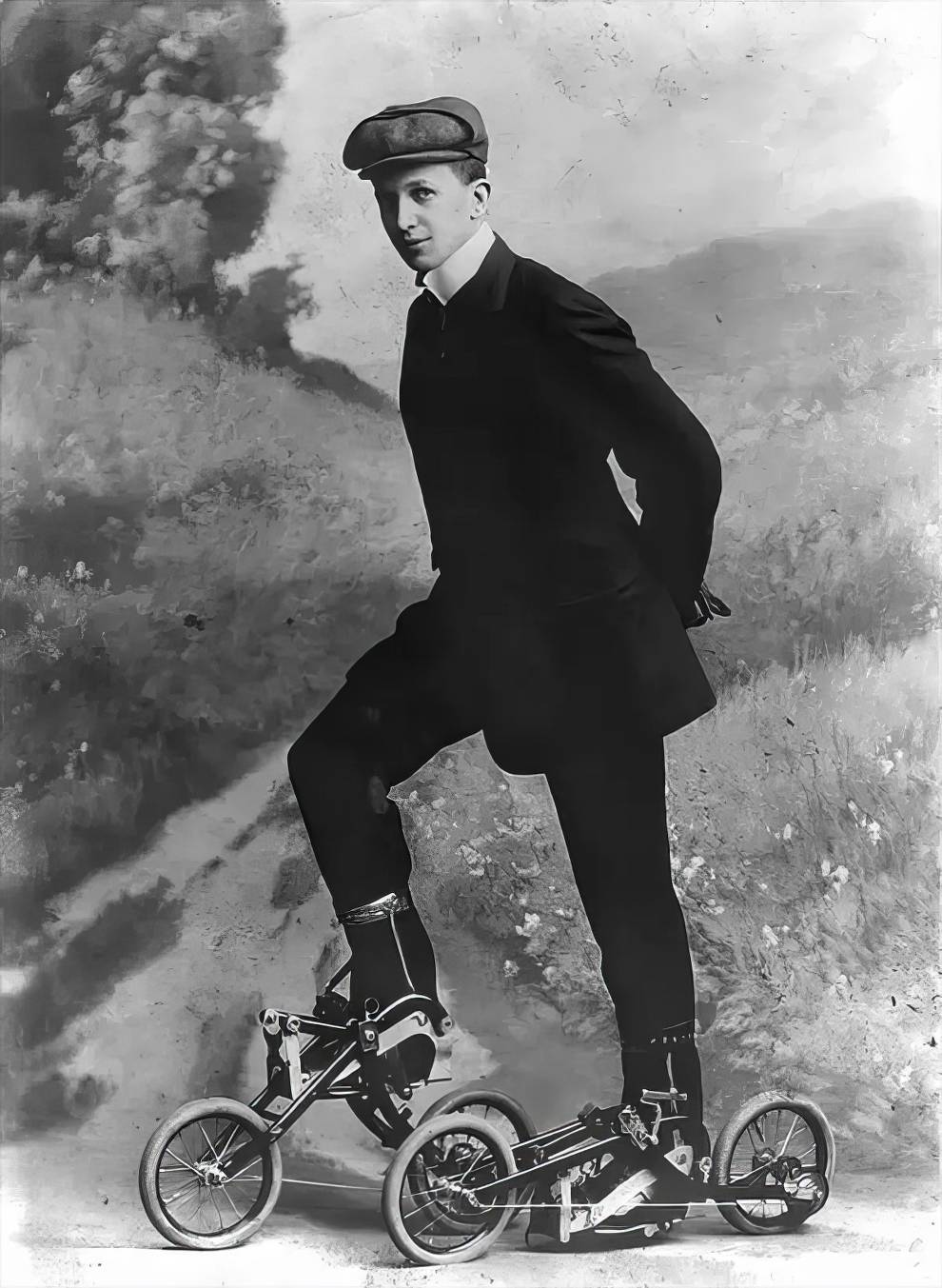
A man wears an early version of roller skates powered with pedals and wheels, 1910.

English archaeologist Howard Carter first opens the innermost portion of King Tutankhamun’s tomb soon after its discovery near Luxor, Egypt in 1922.
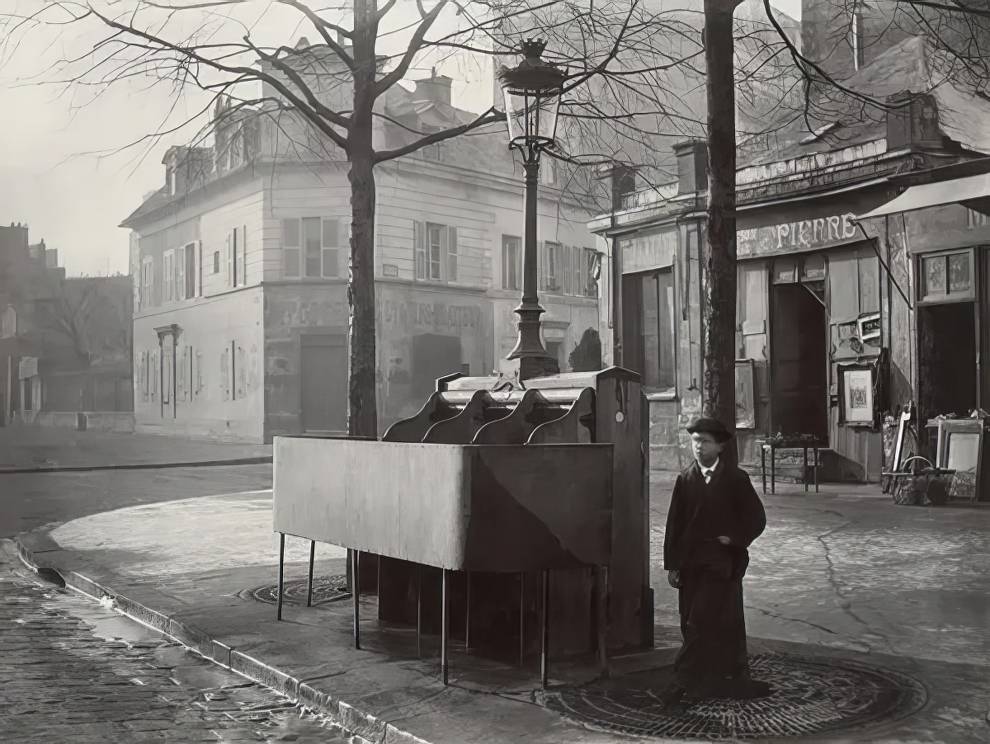
A youngster stands near a pissoir, one of the many outdoor urinals installed on the streets of Paris starting in the mid-19th century.
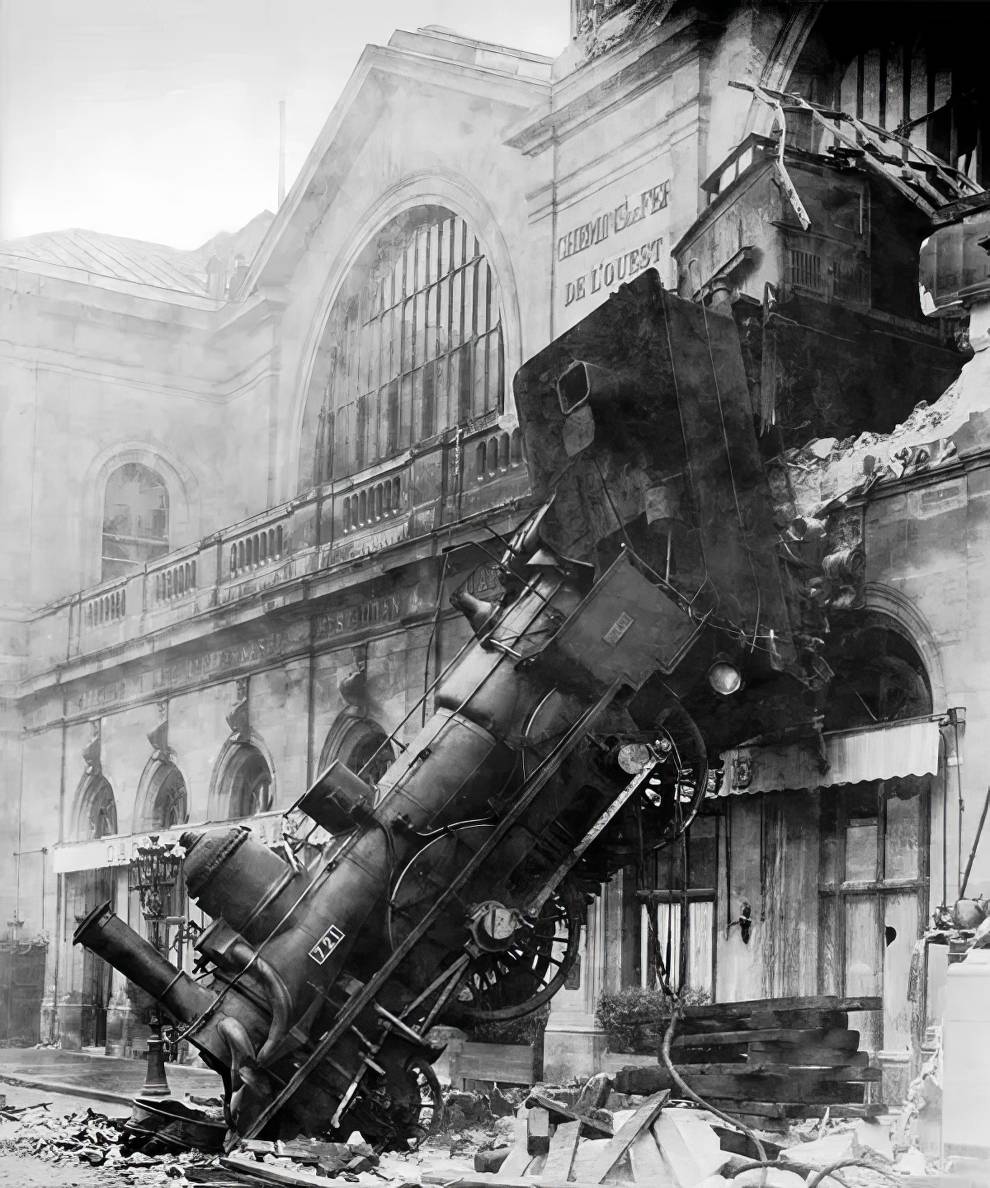
A train lays wrecked after entering Paris’ Montparnasse station too fast and failing to brake before crashing through the station wall and down onto the street below, 1895.

During World War II in 1942, a Syrian bear named Wojtek was enlisted into the Polish II Corps. He was treated like a regular soldier, complete with a rank, paybook, and serial number. Here, he is seen sitting for a photo with one of his comrades.

Cyclists smoke cigarettes while competing in the 1927 Tour de France.
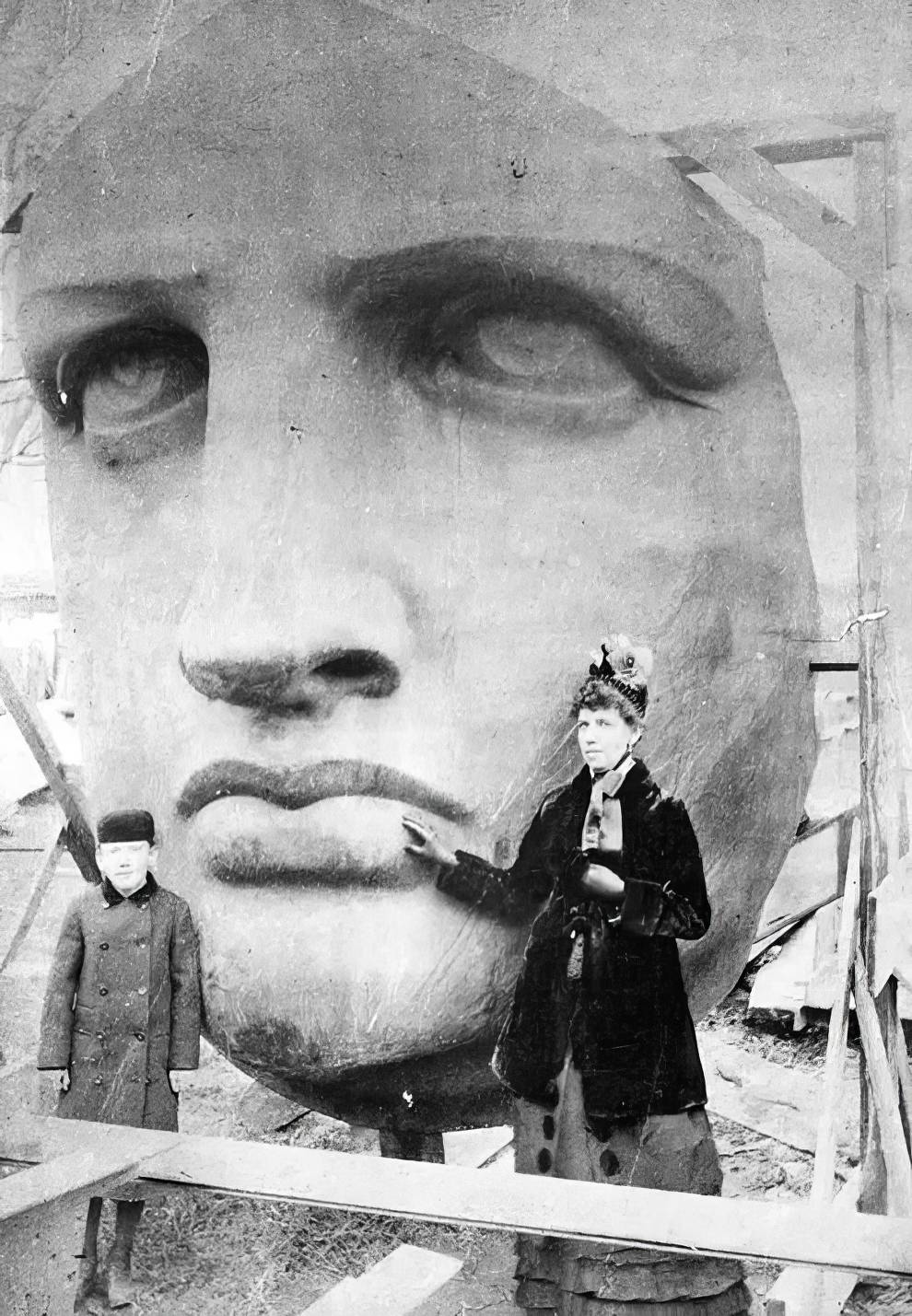
The as-yet unassembled face of the Statue of Liberty sits unpacked in New York soon after its delivery from France on June 17, 1885.
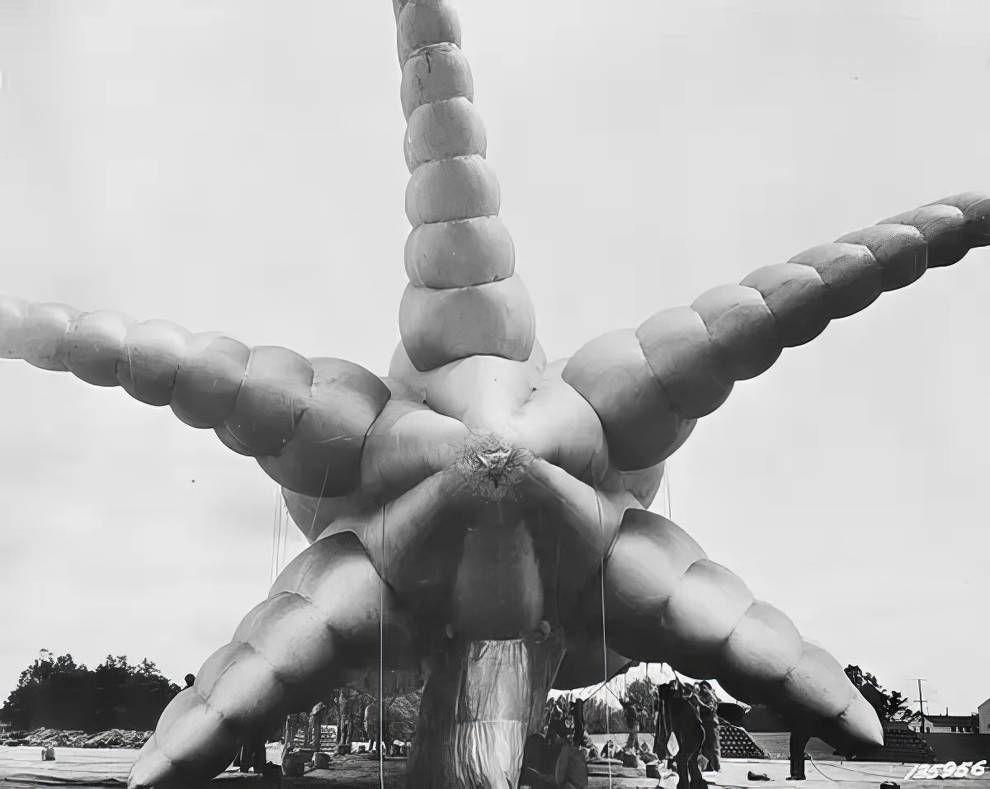
An enormous octopus balloon rises from the ground at the barrage balloon training center of Tennessee’s Camp Tyson, circa World War II.
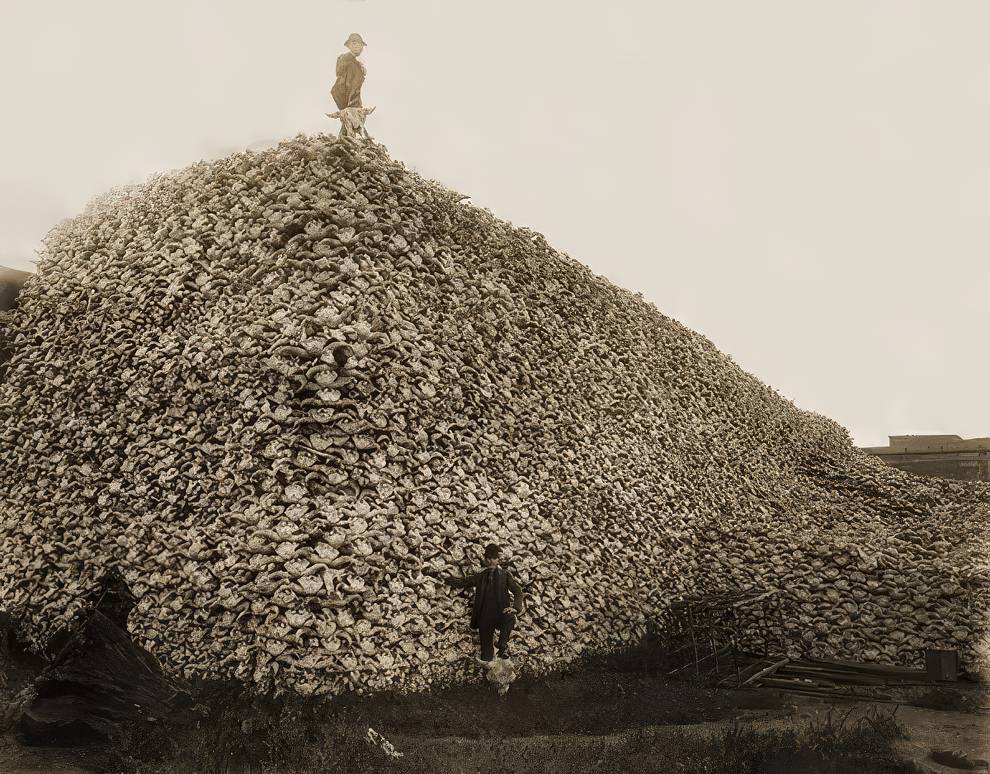
A pile of American bison skulls sits at an unspecified location, waiting to be ground down into fertilizer, circa mid-1870s.

German-American farmer John Meints displays the ill effects of the attack he suffered on August 19, 1918, when locals took him from his home in Luverne, Minnesota, whipped him, then tarred and feathered him. Meints was attacked amid anti-German sentiment that had taken root during World War I.
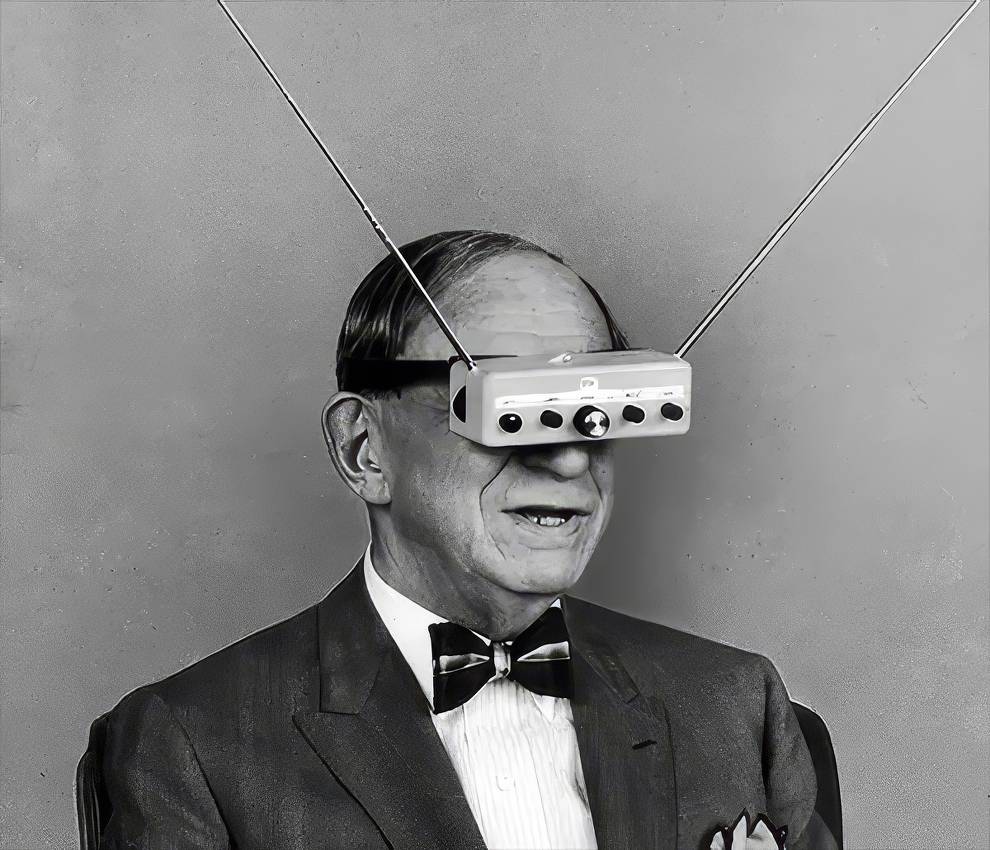
Inventor Hugo Gernsback models his television goggles for LIFE magazine in 1963.
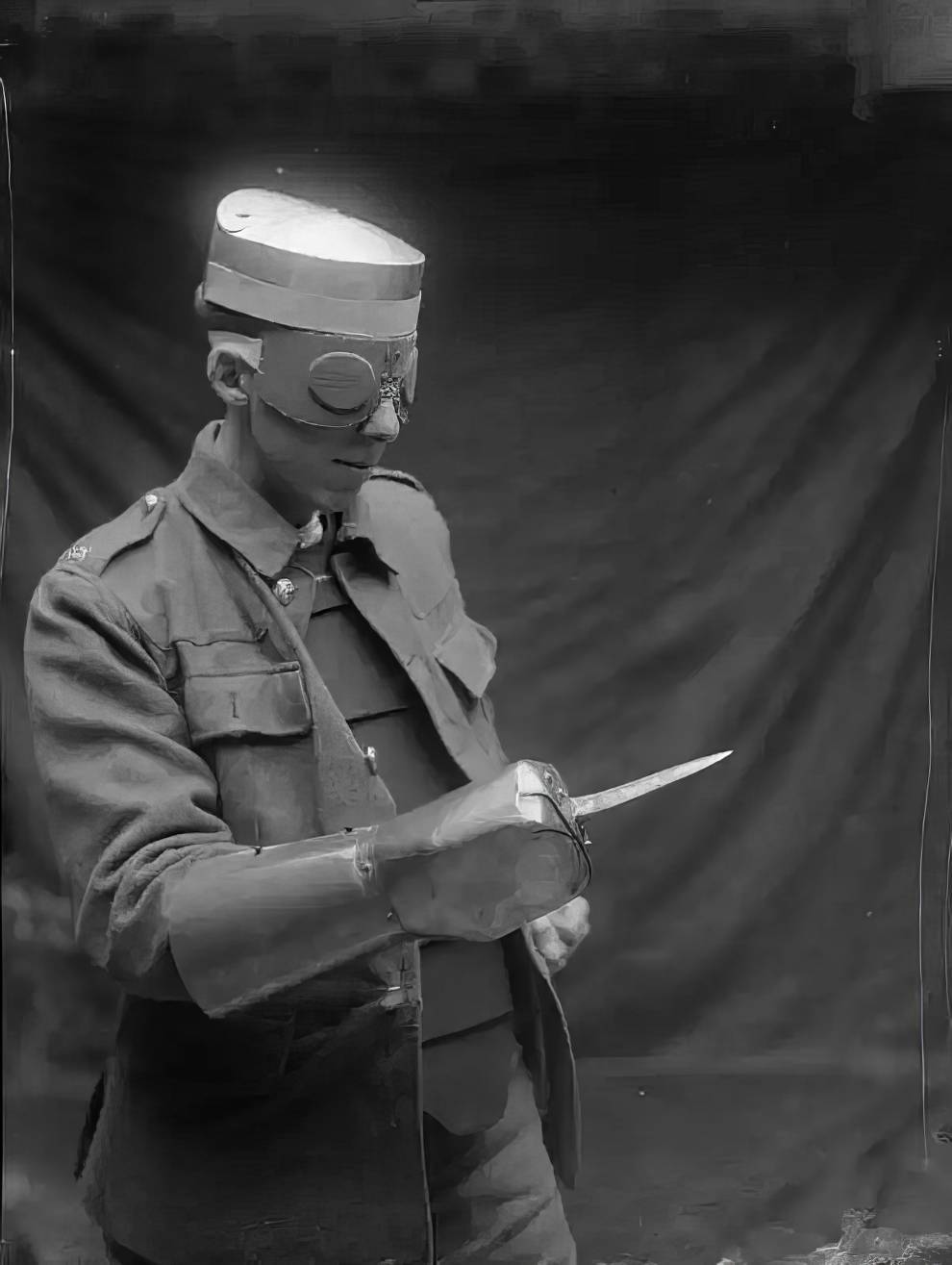
A man demonstrates a steel cap, splinter goggles (vision is obtained through thin slits in goggles), and a steel dagger gauntlet, manufactured for the British military during World War I.
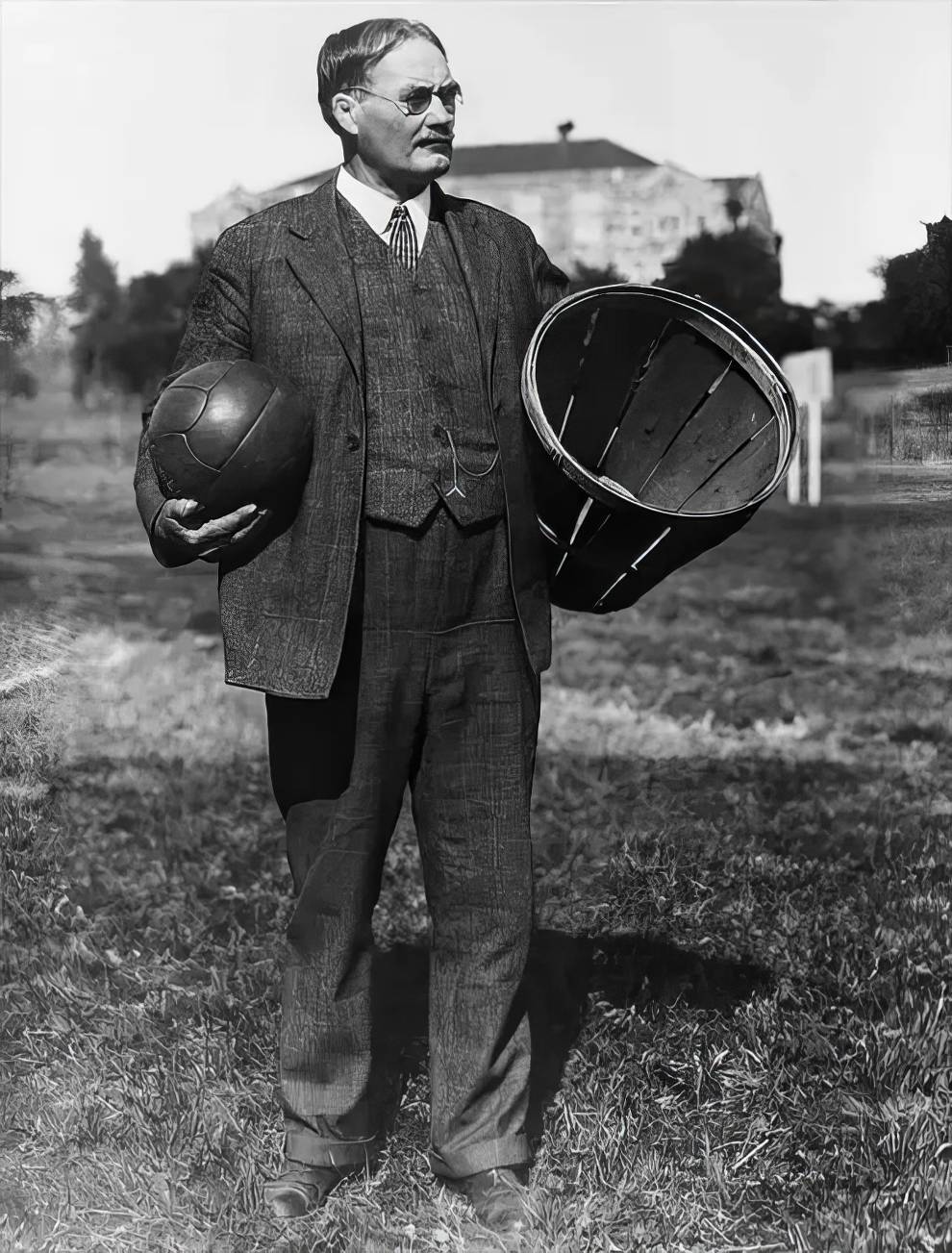
James Naismith, the inventor of basketball, holds an early ball and basket used for the game at an unspecified date sometime prior to 1939.

A Mongolian woman sits trapped inside a wooden box as a form of punishment, 1913.
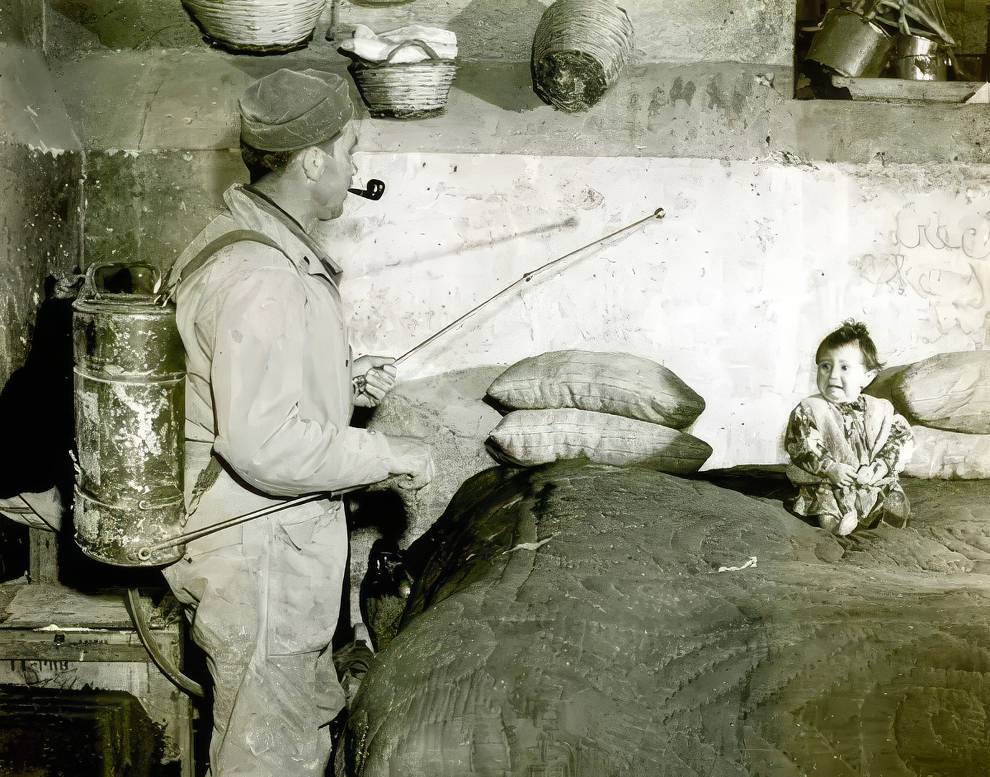
A soldier sprays the interior of an Italian house with a mixture of DDT and kerosene in order to control malaria during World War II, circa 1945.
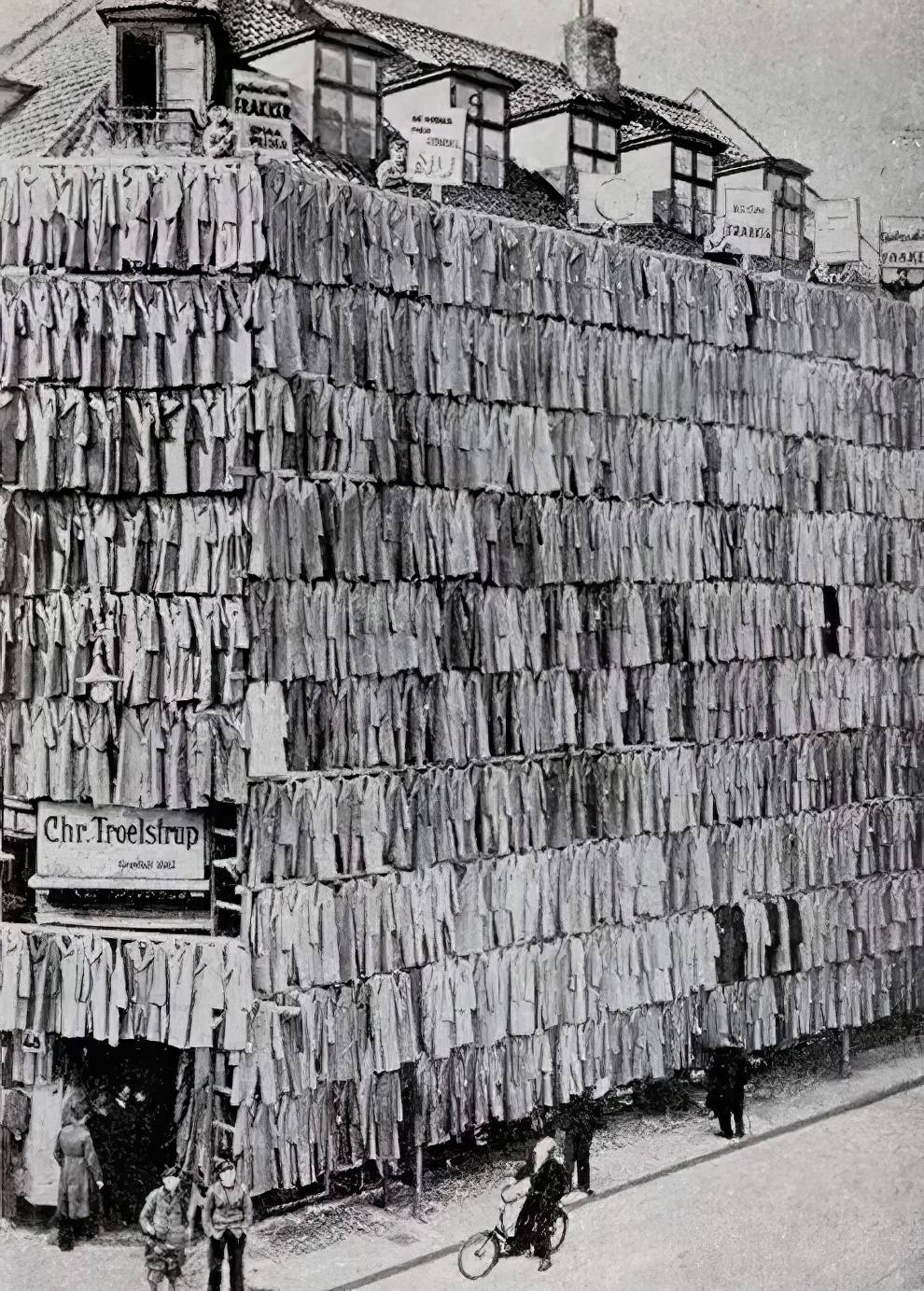
In the winter of 1936, a clothier in Denmark came up with an odd but effective sales scheme: he hung more than 1,000 overcoats from a scaffold around his shop.
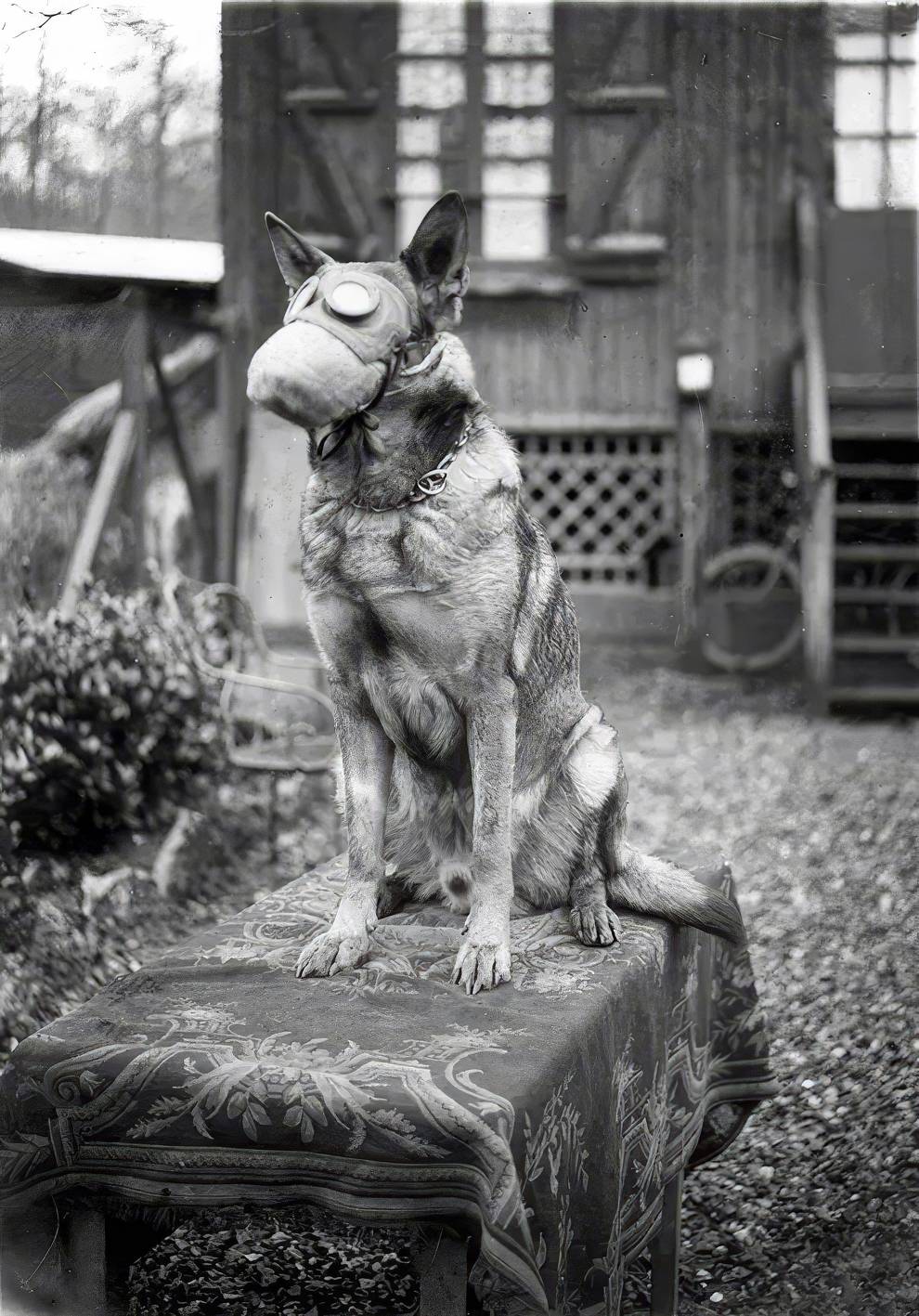
A Red Cross dog wears a gas mask, 1917.

A man stands next to an enormous container used to store wine in Kakheti, Georgia, 1881.
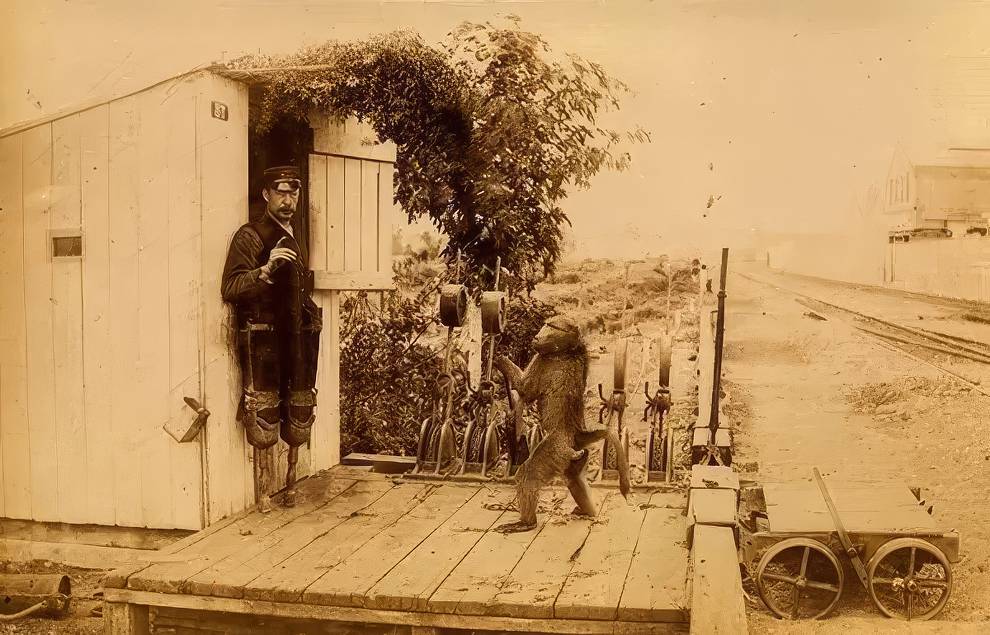
Jack the baboon worked on the railway system in South Africa for 9 years in the late 19th century — and never made a single mistake.

On November 10, 1938, Maryland inventor George Stern unveiled his creation: a highly volatile fluid that vaporizes so rapidly that the released gases won’t ignite. Interestingly, Stern believed its only practical use would be to create spooky effects for horror films.
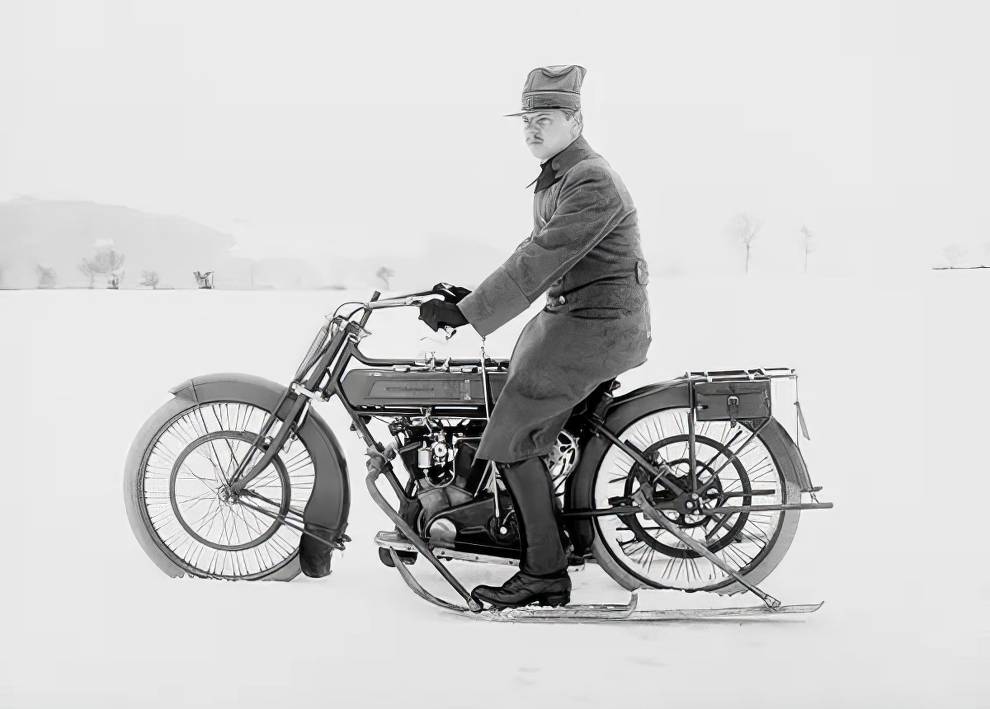
A man poses with a motorcycle equipped with skis in order to travel through the snow in Kehrsatz, Switzerland during World War I.

Laika, the first living creature ever sent into space, sits aboard the Soviet Sputnik II spacecraft, launched from Kazakhstan on November 3, 1957.